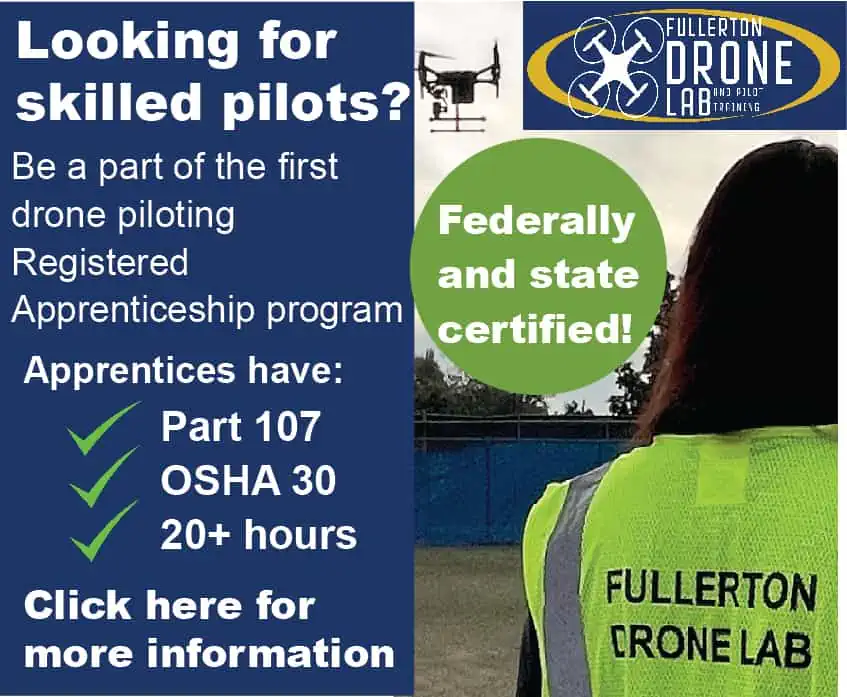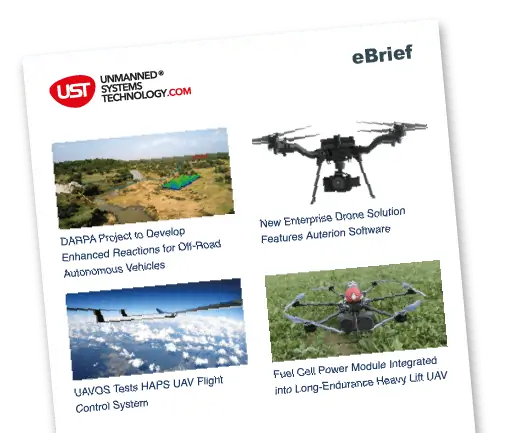New technology being developed by the Program Executive Office for Unmanned Aviation and Strike Weapon’s (PEO (U&W)) Common Standards and Interoperability (CSI) team here will ease the way manned and unmanned aircraft systems (UAS) will communicate and operate in the future.
Integrated Combat Environments Division and CSI teams led a demonstration June 18-20 at the Surface/Aviation Integration Lab (SAIL) here to test technology for future UAS platforms that will give warfighters the capability to access information necessary to complete their mission.

A Coast Guard vessel on standby ready to pursue a “high value” individual during a test scenario at NAS Patuxent River, Md., June 18. The test demonstrated the ability the to handover the command and control of a sensor in flight, using an aircraft equipped with a high-definition camera to observe the movement of an individual both on land and at sea. (U.S. Navy photo)
“Right now without these systems being interoperable… the warfighter is not able to take or pass control of the payloads available across the Navy and Marine Corps unmanned aircraft portfolio,” said Navy Reservist Cmdr. Tommy Tolson, CSI test director. He added that unless you have the right controller and payload matched together you won’t have direct access to the payload’s products and may lack critical situational awareness in the field.
During the June demonstration, the CSI team worked with the Coast Guard to demonstrate how Level of Interoperability III, or the ability to handover the command and control of a sensor in flight, would help in a real-world scenario.
“[In the scenario] we had a “high value” individual on a boat holding a package the Coast Guard wanted to intercept for reasons of national security,” Tolson said. “The team at SAIL used an aircraft equipped with a high-definition camera to observe the movement of that individual both on land and at sea, while a Coast Guard vessel was on standby ready to pursue that person.”
During the demonstration, video of the individual was sent to the SAIL imagery team. The SAIL team then delivered imagery products to the Office of Naval Intelligence to verify the “high value” individual. Control of the camera was then handed off to the Coast Guard who used the sensor to intercept the boat and apprehended the individual, Tolson said.
NAVAIR Vice Commander Rear Adm. Kirby Miller observed the demonstration and attributed the success to the SAIL team. Miller, a reservist, oversees the NAVAIR Reserve Program.
“We have three of our Navy reservists in the SAIL working on this program,” said Miller. “They brought some unique expertise and viewpointsand we saw it work right out here off the shoreline at Pax, as Capt. Zwick [CSI program manager] said, ‘we couldn’t have done it without them.’”
According to Tolson, this scenario was an example of how the military services will use interoperability jointly to improve the warfighter’s situational awareness and operational capabilities.
With this interoperability, no matter what control system, aircraft or payload is in the air the service member will have the ability to control the sensor, view the streaming video and use the sensor in whatever fashion needed to see exactly what is going on around them, said Tolson.
The ability to communicate across UAS platforms is being tackled by the Defense Department’s Interoperability Integrated Product Team.
According to its website, “UAS interoperability has not been a priority and fielded systems can generally demonstrate only limited interoperability with other manned and unmanned platforms across services. As more and more UAS are fielded, open systems architectures and profiles that support interoperability will be required to further enable a broader network-centric environment.”
This effort directly aligns with NAVAIR commander’s intent to ‘consistently deliver integrated and interoperable warfighting capabilities by emphasizing the capability of joint services to work together toward a common mission goal using interoperable systems, said Zwick.


















